To count or not to count…?
Every day, we have to make decisions about the things we do, where we go, what to do, how to do it and what we need to do.
Let's focus on the food. Imagine your favourite dessert. Have you ever prepared it one time, at least? Do you know the ingredients and the quantities for that delicious piece of heaven?
If you need to go to the supermarket to buy all the ingredients, how would you ask for them… If you happened to need milk, chocolate, cream, apples. Would you ask for them by kilos, pounds, pieces, bag, etc.?

By the end of this topic you will:
• Use there is, and there are, as well as interrogative forms how much and how many, to express and ask for quantities, using countable and uncountable and units of measurement.
We also use There is with uncountable nouns:

There is juice in the fridge.
There is some salt on the table.
There is ice cream on your shirt
The contraction of there is is there's.
You cannot contract there are
The negative form is formed by putting not after is or are:

There is not a horse in the field
There are not eight children in the school
We almost always use contractions when speaking.
The negative contractions are:
There's not = There isn't
There are not = There aren't
There aren't with ANY
When we want to express that a zero quantity of something, we use there aren't any.

There aren't any people at the party
There aren't any trees on my street
We also use this structure with uncountable nouns
There isn't any water in the swimming pool
There isn't any sugar in my coffee
Here are the rules for countable, uncountables nouns and units of measurement to express and ask about quantities.
Instructions: Click on each concept to see the content.
Activity 1
I get to see the differences in foods from country to country.
It is exciting to see how much something as simple as cake can vary from culture to culture. Now you are going to read about cakes in different places around the world.
Gastronomy is an art that, like fashion or music, varies from one country or region to another. These differences exist primarily in the type of ingredients available in each area and tastes developed throughout the centuries of eating certain kinds of flavours.
In the following article, you’ll find five examples of traditional cakes from different areas of the planet. All of them are equally delicious, but different in composition.
The English name of this cake would be the “King´s Cake”. Traditionally, this cake is eaten after Christmas, during the first week of January but lately, it has become so popular that many bakeries sell it during the whole month. This cake is made of layers of buttery puff pastry topped with powdered sugar and wrapped around rich almond cream. Once everything has been prepared, it is baked until the outer layer has a toasted look.
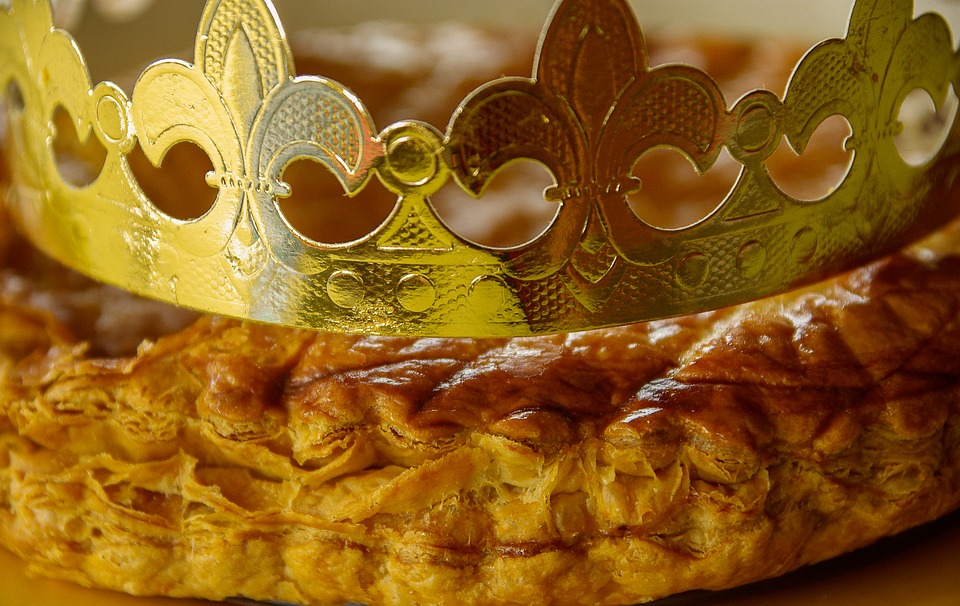
The Mochi is a traditional Japanese cake made of rice paste that is usually prepared in New Year’s Eve. However, it can be found throughout the whole year in different varieties like ice creams or even soups. Given the fact that the rice paste is easily moulded and combined with a wide range of ingredients, so an unlimited variety of Mochi cakes can be found.
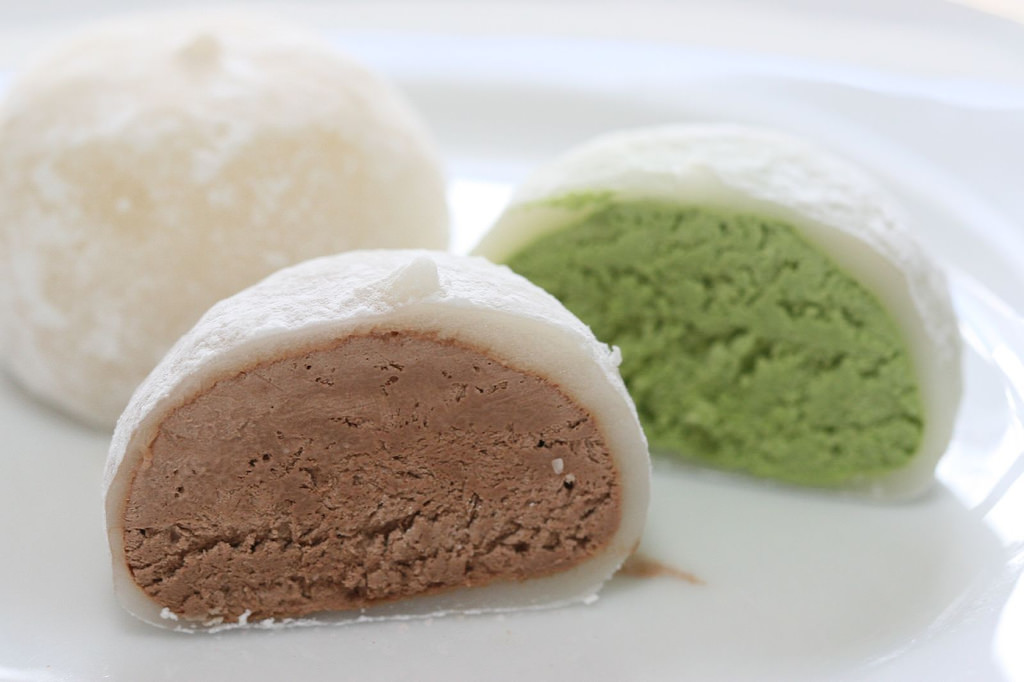
Named after the famous Russian ballet dancer Anna Pavlova, this meringue cake was created during her visit to New Zealand, although the origin of the desert has always been a source of argument between Kiwis and Aussies. The Pavlova is cooked in many different ways, usually garnished with fruits, usually kiwis and strawberries. The addition of corn flour to the traditional meringue ingredients allows the cake to have a crisp shell that covers a marshmallow-like centre.
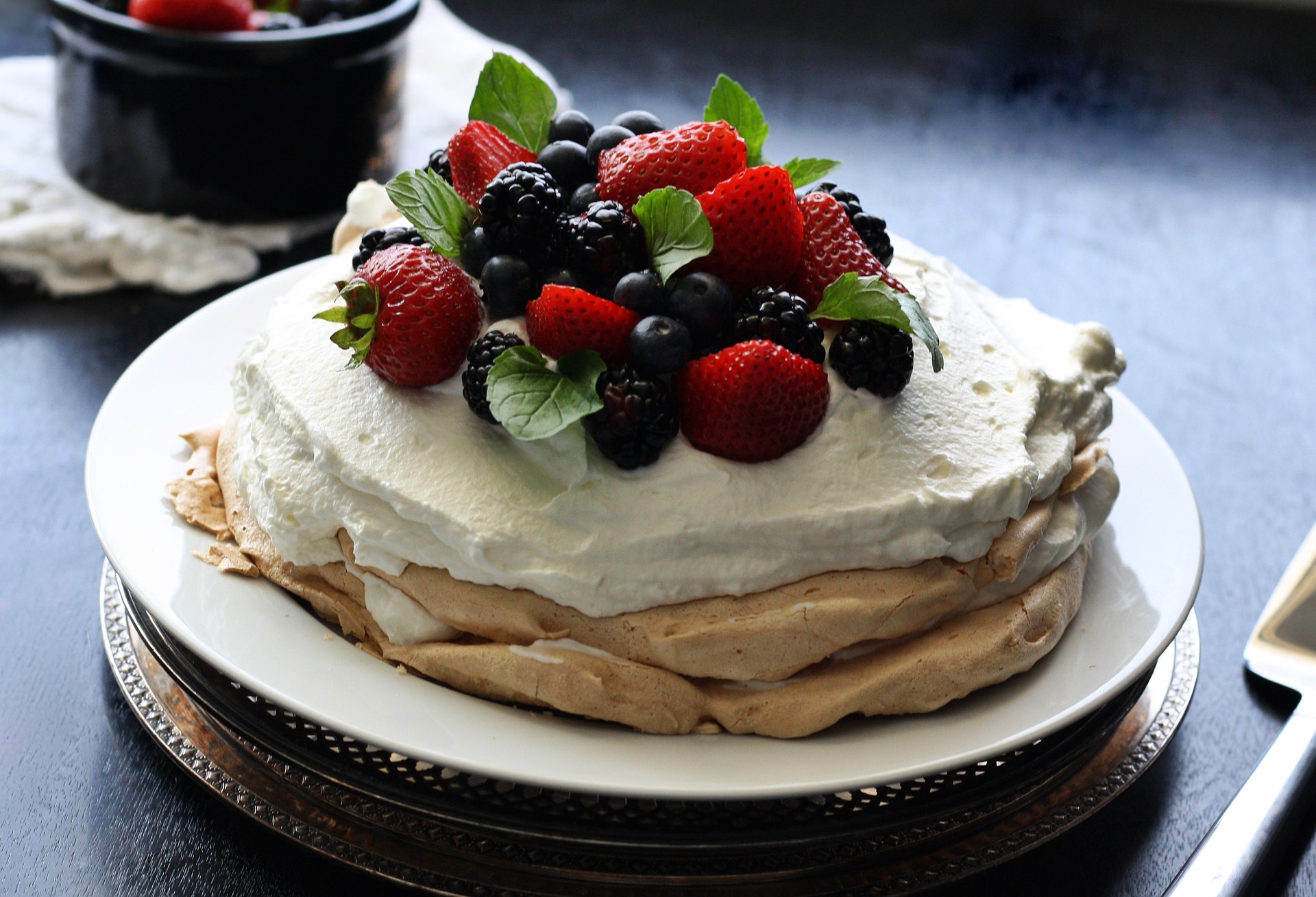
This moist, milk based sponge cake is traditionally from Mexico but has become famous all over South America. It is a butter sponge cake that will later be soaked in three kinds of milk: condensed, evaporated and regular. It is usually topped with whipped cream or meringue. The combination results in a very moist and rich cake, with a very different taste from usual sponge cakes
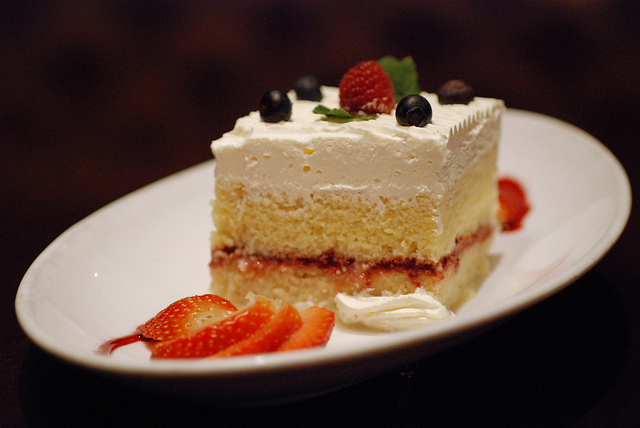
Adopted from the first Dutch immigrants that arrived in South Africa around 1800s, the so-called “Fat cakes” have become very popular in the African country. This “cake” in reality is more like a pastry made from cake dough containing raisins and currants. That dough is moulded into small rounded balls and deep fried in oil to be finally topped with syrup, sugar or honey. The pastry can also be filled with jam, cheese or even different types of meat to have a more savoury version.

Activity 2
In this topic, you have reviewed countable and uncountable nouns to express and ask for quantities. Now you are going to listen to a conversation, and you will identify the ingredients and amounts to prepare dinner. After that, answer the questions.

Decide if the following statements are True (T) or False (F), choose the appropriate option. You can know your score at the end of the exercise.
Activity 3
Countable and uncountable nouns are useful to cook recipes. It is essential to know the correct form to use and write them because if you don’t use the exact quantity, the recipe will be a disaster!

For this reason, you will design an original menu for an important date, (it could be a someone’s birthday or anniversary).
In this activity you have to write a recipe that should contain the following elements:
Don’t forget to use the forms reviewed on this topic.
Example:
Name: Toskatana
Ingredients:
Procedure:
In a cooking pot, boil water and add the spaghetti. Do not break it. Then, add the laurel leaves and let it simmer for about 10 minutes. Meanwhile, prepare the tomato sauce, by peeling the tomatoes and putting them into the blender along with the half onion, garlic, (a tooth will suffice) and cook it for 15 minutes in the olive oil the chillies and etc.
After you finished, evaluate your recipe according to the following checklist. Don’t forget to use the structures reviewed on this topic. After that, according to the score you got, look in the evaluation scale to know how well you did on this task.
Activity 4
When we talk about countable and uncountable nouns we usually do it by referring to food: fruits, vegetables, meats, dessert, and all elements to prepare it. Therefore, we need to know how to identify whether they are countable or uncountable when we buy ingredients at the supermarket.
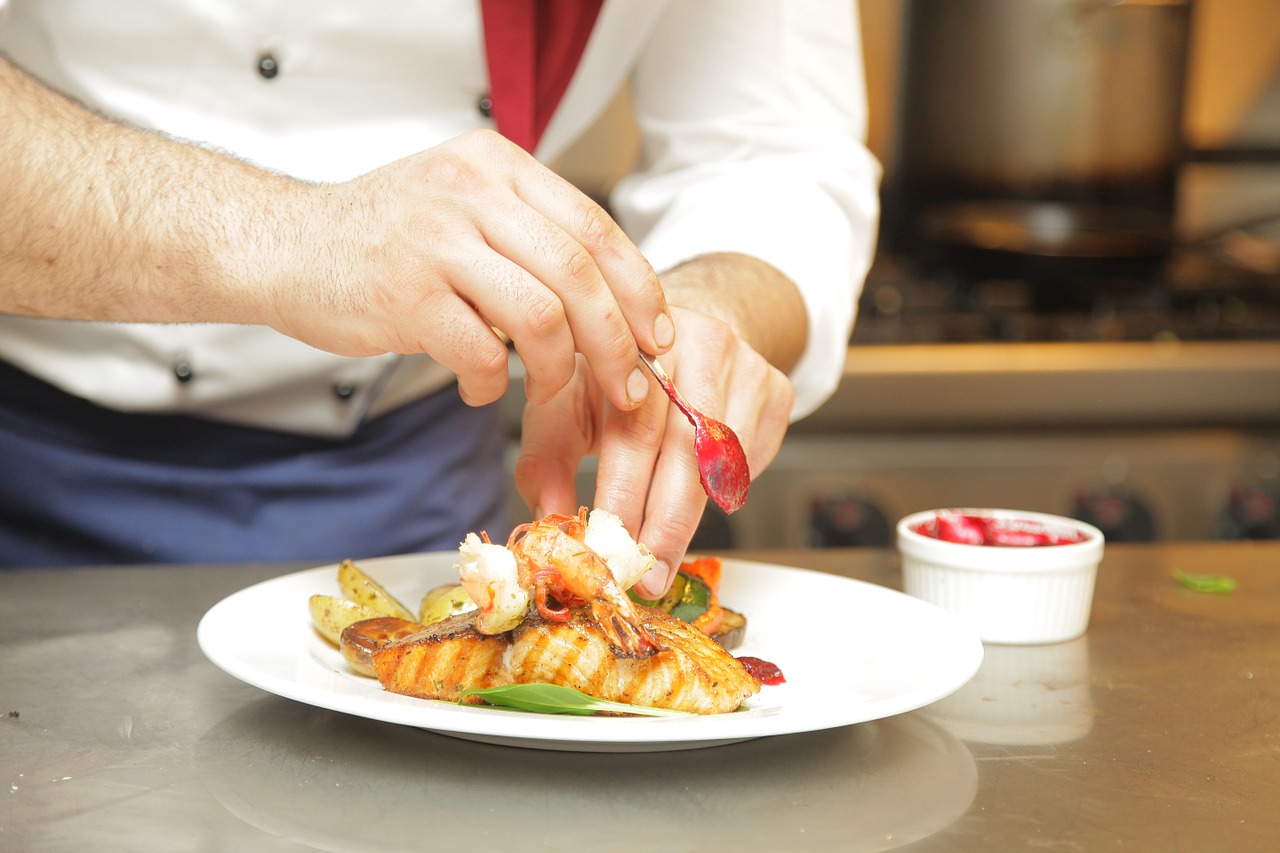
Instructions: Imagine you are the best chef in town and you are asked to share your most delicious cake recipe. So, make a video of yourself explaining the procedure and all the ingredients you need to prepare the best cake ever.
After you finished, evaluate yourself according to the following checklist. Don’t forget to use the forms reviewed on this topic. After that, according to the score you got, look in the evaluation scale to know how good you did on this task.
Example:
Pay attention to the context of the sentence and write the correct possessive adjectives:
It is so familiar to use the food to talk about countable and uncountable nouns, for this reason, you are going to write a review about them.
Ready to start?...
Food, countable and uncountable nouns, but how can we measure these, now you are going to do a review about of them.
Ready to start again?...
Here, we’ll take a look at countable and uncountable nouns and provide both countable noun examples and uncountable noun examples. Also, you work with there is and there are and interrogative forms How much and How many.
Oxeden, C., Latham-Koenig, C. y Seligson, P. American English File 1. Oxford University Press. 2008.
Soarz, J. y Soarz, L. American Headway 1. Oxford Univerity Press. 2001.
Larsen-Freeman, Diane. (2007). Grammar Dimensions 1-4: Form, Meaning, and Use. USA.
Marco Común Europeo de Referencia para las lenguas: http://cvc.cervantes.es/ensenanza/biblioteca_ele/marco/cvc_mer.pdf
McCarthy, M., McCarten, J., & Sandiford, H. (n.d.). Touchstone level 1.